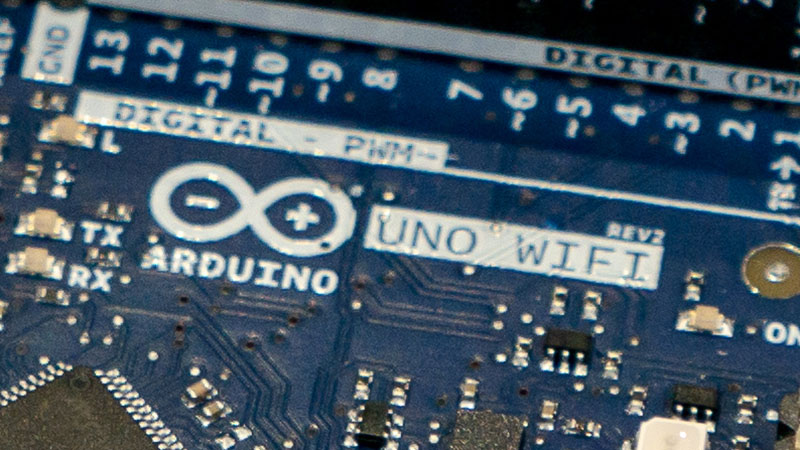Arduino announced several new products at the 2018 Bay Area Maker Faire. One of those products is the Uno WiFi Rev 2. (Check out this post for an introduction to the MKR Vidor 4000, an FPGA-based board. You can read their official announcement here. This new Uno board represents a significant upgrade for the 8-bit family of Arduino boards. However, I do have a few reservations.
Arduino Uno WiFi Rev 2
Starting off, I am not happy with the name. It is too long. For that reason, I am going to keep using the full name in this post to demonstrate why I don’t like it. Another reason I’m grumpy it that new microprocessor makes it incompatible with 328p code. That said, sketches (and libraries) using only the Arduino library will (likely) work fine. Anything that uses registers, like direct port manipulation, will have issues. Just like moving to any other architecture supported by the IDE. However, because it has the name “Uno,” many users will be tripped up by incompatibilities.
Keeping the name “Uno” was only there for marketing reasons. The form factor is the traditional Arduino Uno style. Which begs the question, can we retire that massive USB connector yet?




